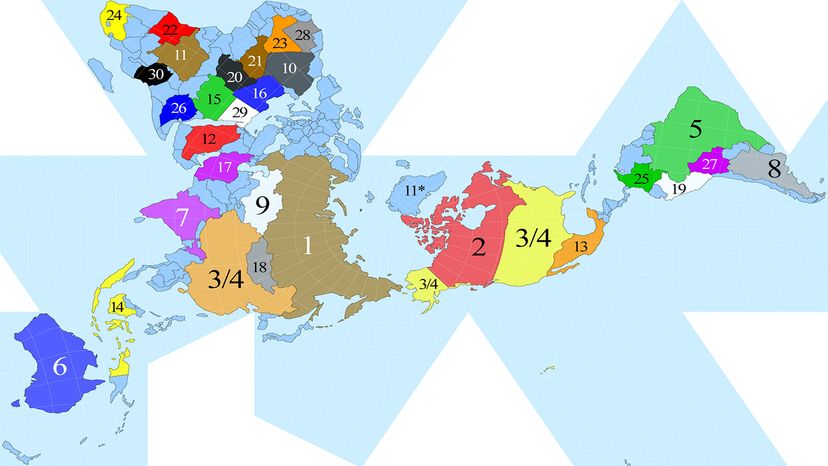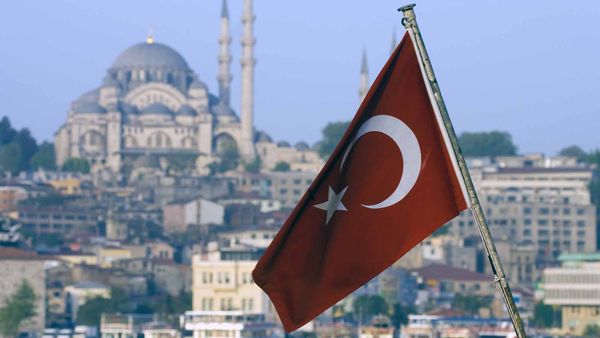
Countries are human-made things, with borders decided by human institutions. Sometimes the borders of a country are decided by aspects of the landscape like rivers, mountain ranges and oceans, but other times the borders are invisible to the eye.
The size of countries varies widely — the area of Russia is over 6.6 million square miles (17,098,242 square kilometers), while Vatican city is only 0.27 square miles (0.43 square kilometers). Also, the borders of countries change frequently over time — in fact, many counties are getting smaller as nations secede from others: In 1946 there were 76 independent countries in the world, and in 2023 there are 195.
Advertisement
According to modern estimates, the surface area of the world is 196,900,000 square miles (510,072,000 square kilometers), and 71 percent of that is covered in ocean. This means only 29 percent of the Earth is dry. Countries measure their total size based on above-sea-level land area, but squeak in a bit of the continental shelf extending into the sea. This makes ranking the total area of these countries a little tricky, as you'll see.
The following are the seven largest countries in the world:
Advertisement


